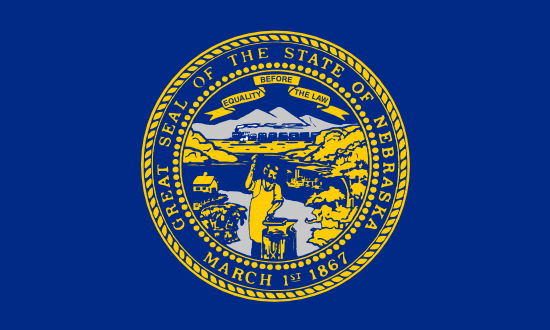Nebraska is a state in the Midwest region of the United States, known for the Sandhills, Platte River, and agricultural plains. It has a population of 2,023,070, making it the 38th most populated state in the country. The capital city is Lincoln. Nebraska has a agricultural powerhouse with strong insurance sector.
